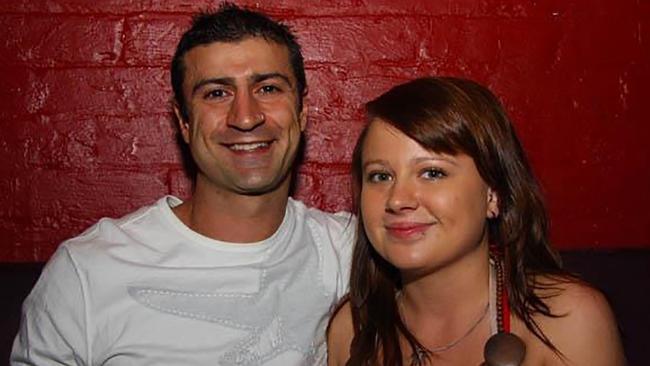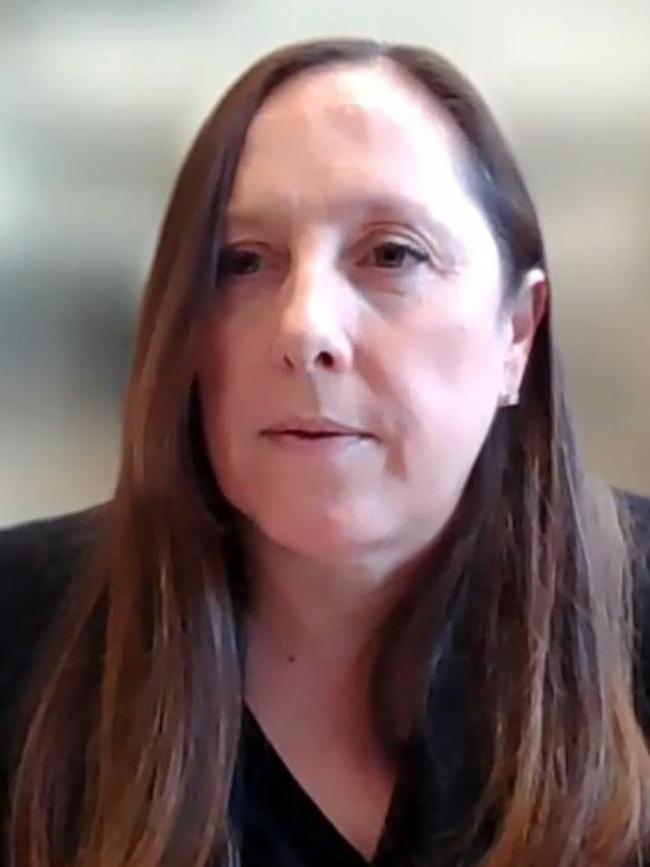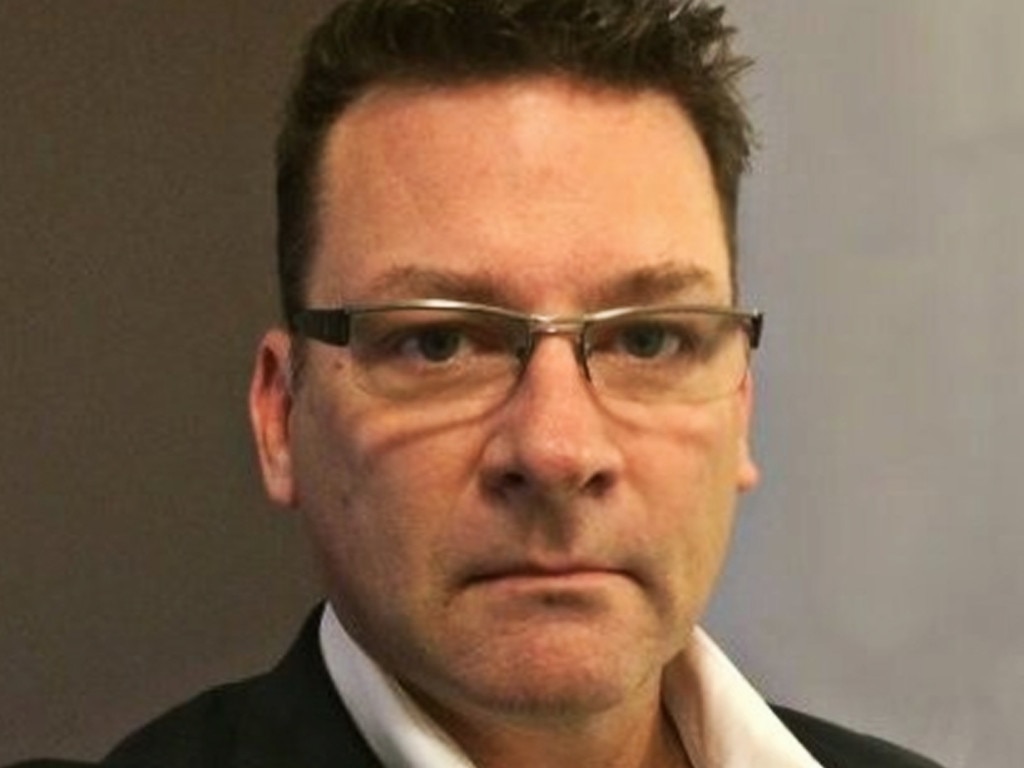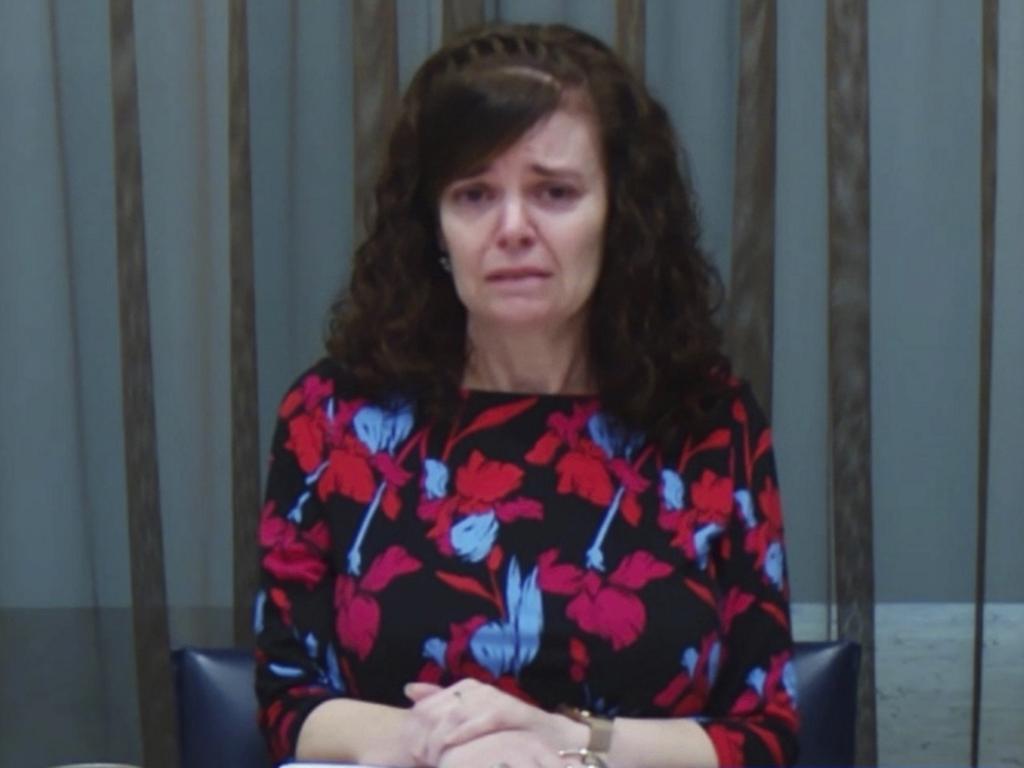Shandee Blackburn’s clothes ‘must be retested’, experts say
The clothes Shandee Blackburn was murdered in must undergo new DNA testing in a last-ditch bid to find traces of her killer, two of the world’s leading experts say.

The clothes Shandee Blackburn was murdered in must undergo new DNA testing in a last-ditch bid to find traces of her killer, two of the world’s leading experts say.
Former FBI forensic scientist Dr Bruce Budowle and New Zealand’s Johanna Veth have recommended in a report to a public inquiry that new samples should be taken from Ms Blackburn’s shirt, in addition to the retesting of samples previously collected in the case.
The report, written by Ms Veth and reviewed by Dr Budowle, confirms that along with Australia’s renowned forensic biologist Dr Kirsty Wright, they had provided a table of samples from the case to be retested.
Several swabs taken and described by police as bloodstained during examinations of the murder scene in Boddington St, Mackay in Queensland appeared to have not undergone DNA profiling. “These swabs, or a subset, could be tested,” the report adds.

A controversial sample known as L45 from Ms Blackburn’s pants, that led to an Indigenous man being wrongly identified as having a possible forensic link to the case, should undergo further testing using the male-specific Y-STR test, the international experts found.
No forensic link should ever have been drawn from the sample, the inquiry has been told.
It can also be revealed that after The Australian’s podcast, Shandee’s Story, exposed flaws in DNA testing, a coroner last year asked the Queensland government’s lab to confirm “in excess of 150 crime scene samples” were still held and ordered they be retained.
Mackay-based coroner David O’Connell met with lead detective Lisa Elkins and a police service forensic manager in December to discuss retesting samples, rejecting requests from the Queensland lab to send one of its scientists, documents provided to the inquiry reveal.
A lab email on December 6 stated that “all samples have been accounted for and were all where they should be”.
The developments come as the inquiry’s last day of public hearings on Friday was told police have been using an untested system for collecting blood at crime scenes for 12 years.
Commissioner Walter Sofronoff KC described it as an “atrocious” failing by Queensland’s forensics lab to ensure the system worked properly.
Rayon swabs soaked in a solution of 70 per cent ethanol and water are used to collect dried blood in violent crime investigations, after the police discovered in 2009 its previous system – using water and a different type of swab – was seeing widespread failures to yield usable DNA profiles.

The lab discovered the problem first, but did not inform police.
When police realised the magnitude of the problem with retrieving usable DNA – potentially caused by mould growing on the swabs – they consulted the laboratory about a new swabbing system.
Senior lab officers told police they didn’t need to test the new system and it was implemented in 2010.
Ms Blackburn, 23, was murdered in a brutal stabbing attack in February 2013 as she walked home from work in the tropical Queensland city of Mackay.
The DNA laboratory was unable to find any DNA – even Ms Blackburn’s own DNA – on some swabs taken from her body and the crime scene, including a large pool of blood in a gutter.
There was also no DNA found in samples taken from parts of the vehicle used by the main police suspect, her ex-boyfriend John Peros, that tested presumptively positive to blood.
Mr Peros was acquitted by a jury, but a coroner later found he was responsible for Ms Blackburn’s death. He denies any wrongdoing.
Mr Sofronoff said: “Tell me if I’ve understood this correctly – they have absolutely no idea whether the swabs that the police are putting forward are of any use in getting biological material into the swab.”
A March 2009 email from lab senior scientist Allan McNevin to police inspector David Neville said the rayon swabs were suitable and did not require any further testing.
“How are police going to know whether a swab is useful for picking up DNA? Only the lab will be able to test for that,” Mr Sofronoff said.

Forensic expert Professor Linzi Wilson-Wilde told the commission on Friday she had “concerns about that particular combination as a swabbing tool”. “It’s not the worst but it’s also not the best. I think there are potentially better combinations that would meet Queensland’s needs,” said Prof Wilson-Wilde, director of South Australia’s forensics lab.
She said any significant change in forensic processes had to be validated with an empirical study including detailed experiments – or verified by another laboratory or other experts.
“They’re critical changes that might impact on the ability to obtain a result,” she said. “Something that substantially impacts on the end result would need to be tested – for instance, if you were changing the wetting agent, that would need to be validated or verified.”
The ethanol-rayon swab system should have been validated by scientists working with police “and I can’t find any evidence of that”, she said.





